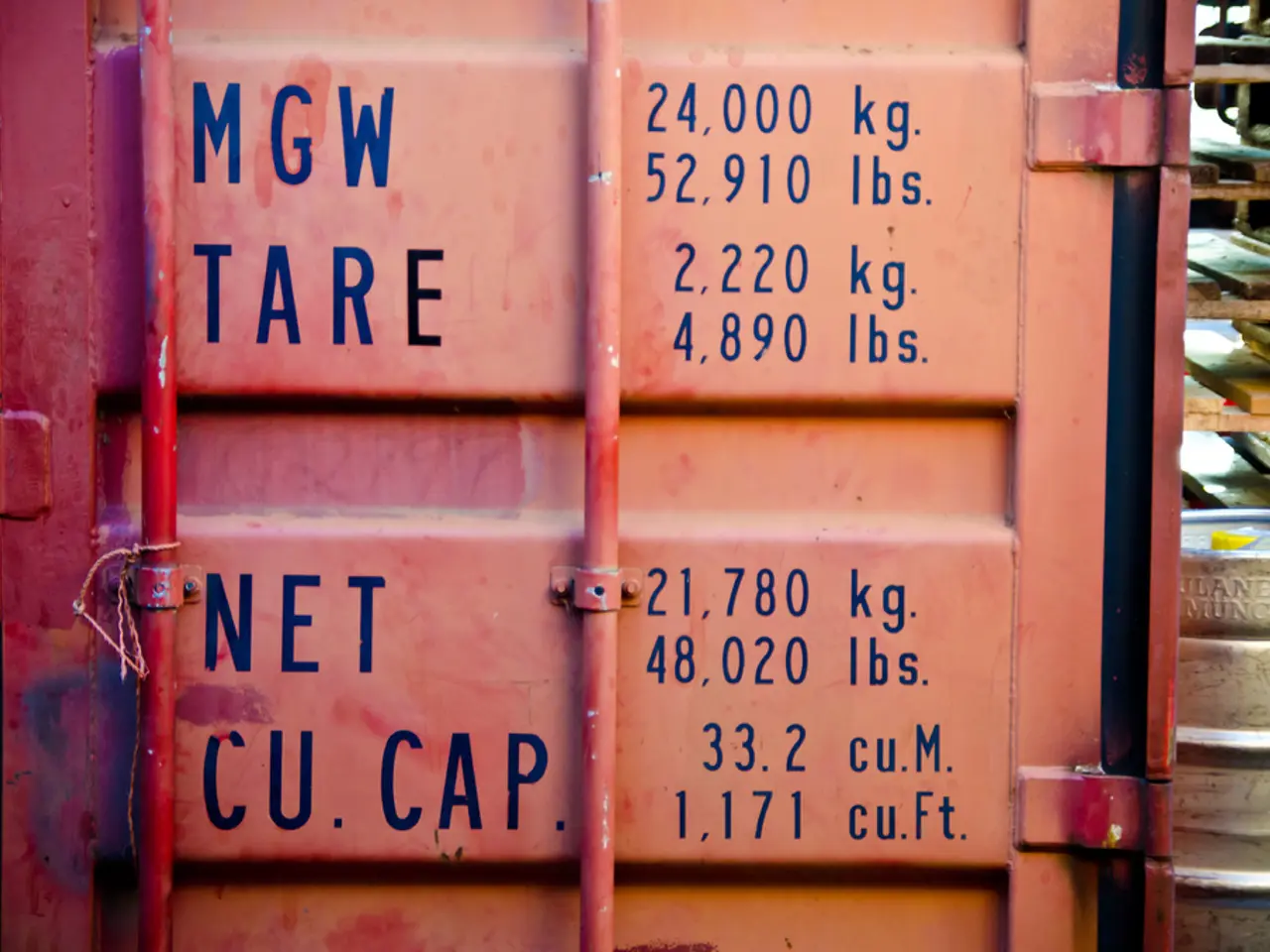Will Gold Hit a Fresh Peak in Q3 of 2025?
Gold, a traditional safe-haven asset, continues to show a strong upward trend, with the spot price reaching an impressive $3,358 per ounce as of August 2025. The current bullish status of gold is supported by a substantial 25% price surge in 2025, amid persistent inflation and economic uncertainty.
With over $1.115 billion in assets under management, BAR trades an average of over 479,900 shares daily. Meanwhile, the leading gold ETF product, GLD, manages over $101.423 billion in assets and trades an average of over 9.20 million shares daily.
Central banks play a significant role in gold's price appreciation, with active accumulation by these institutions reducing tradable supply while signalling confidence in gold's long-term value. In the last three years, central banks have accumulated over 1,000 metric tons of gold each year, making gold the second-leading reserve asset, surpassing the Euro currency as the second-leading reserve currency.
The bull market for gold began in 1999, when the Bank of England auctioned half its reserves, pushing the price to a low of $252.50 per ounce. Since then, every correction has been a buying opportunity.
Analysts emphasize that gold benefits from portfolio diversification, especially during periods of economic volatility, relative to stocks and other metals. The outlook is further buoyed by expectations of continued inflation pressures, potential easing of U.S. monetary policy in 2026, and rising geopolitical tensions that encourage reserve diversification.
Key factors supporting higher gold prices include its role as an inflation hedge, central bank demand, geopolitical uncertainty, robust market fundamentals, and potential monetary easing. These factors underpin gold's price and create a lasting price support mechanism.
Looking forward, major financial institutions have raised their gold price forecasts for 2025 and beyond, with targets generally between $3,300 and $3,900 per ounce, and some predictions extending to about $5,155 by 2030. The medium- to long-term outlook remains positive, with market consensus projecting continued price appreciation amid ongoing global uncertainty and evolving reserve strategies.
However, it's important to note that the risk of a gold correction increases with each new high. Nevertheless, buying gold during price corrections has been optimal for years, and this trend is expected to continue. The news on a U.S. tariff on one-kilogram and hundred-ounce gold bars has created unprecedented disruption across precious metals markets and is viewed as another bullish factor for gold and other leading precious metals.
In conclusion, gold's bullish long-term trend remains firmly intact, and it has already reached another record peak in Q3 of 2025. The news about central bank purchases, inflation, and geopolitical tensions all point towards a continued positive outlook for gold in the medium to long term.
Investors drawn to diversifying their portfolios may see potential in commodity prices, particularly gold, which is predicted to continue its bull run. Analysts anticipate gold prices to rise further, with forecasts suggesting values between $3,300 and $5,155 per ounce over the next few years, making gold a promising avenue for financing investments amid economic uncertainty.




